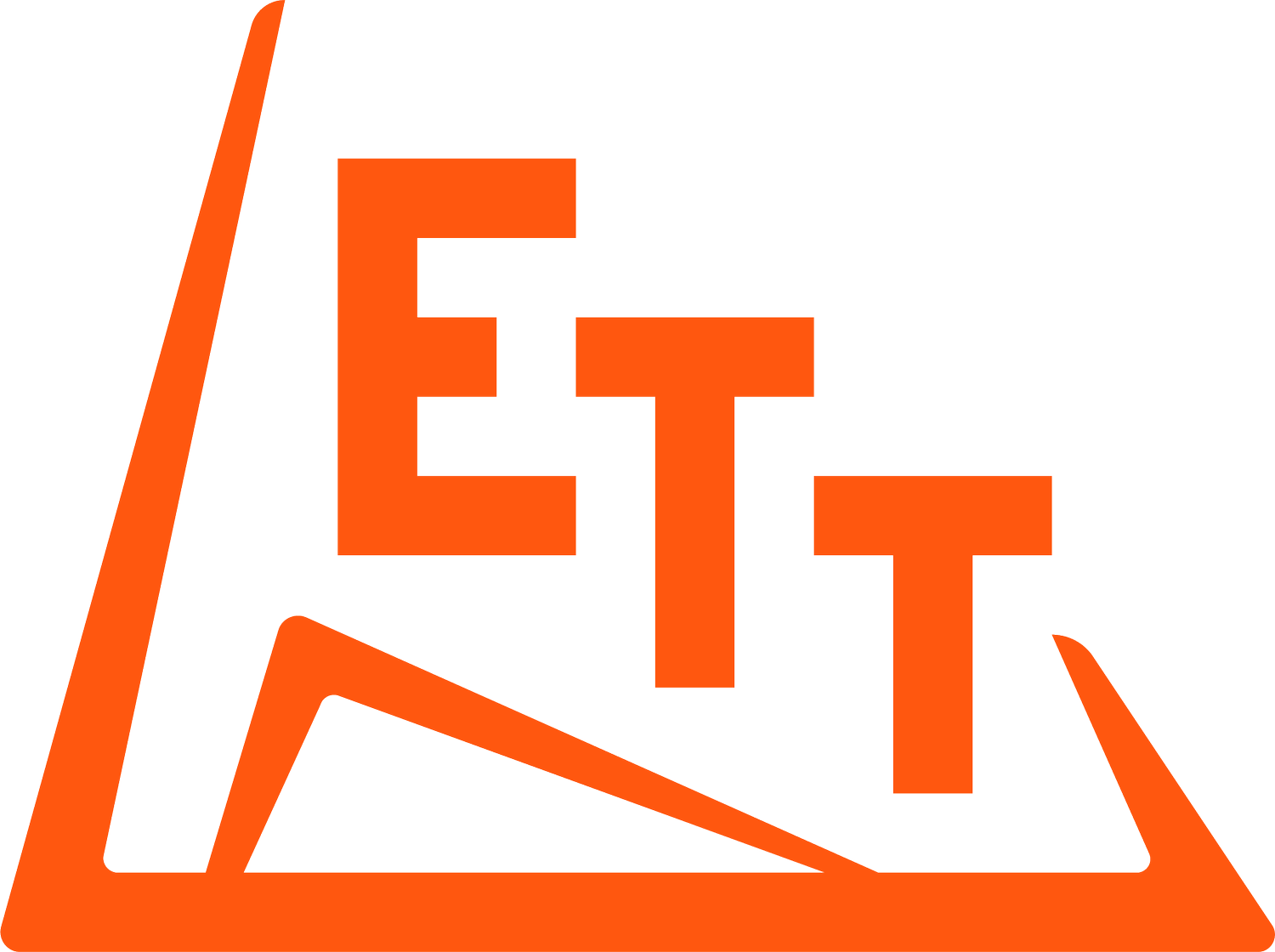The Evolution of UTMB Finish Times
By Doug Stewart, Performance Director
Trail and ultra running are evolving, with the development of new shoe technologies, other kit refinement, new and improved evidence-informed approaches to training, nutrition and recovery… But what impact is this having on race finish times?
Taking the Ultra Trail du Mont Blanc for example, have finish times changed? And if so, how?
© UTMB / Sportograf 2024
Looking at data from 2009 to 2021 (removing 2010 and 2012 when the course was shortened because of bad weather, and 2020 where the race did not take place because of COVID-19 restrictions), we can see that the average finish times were fairly stable.
If we add a simple linear trend line to the data, we can see that times are staying relatively similar from year to year.
The trend line is the solid line with each year’s finish time represented by a point.
It is worth noting that the UTMB course has changed over the years and 2017 was a slightly shorter course because of the weather conditions.
However, when we add to the analysis the average finish times from the last three years, we can see an obvious improvement in average finish times.
So, there is a step change in the past 3 years’ performances.
If we look at the data in more detail and divide the results up by finish time, we can see where improvements are being made. To analyse this, the results have been split in increments of 2 hours 45 minutes, starting at 19 hours – as no runner has run sub 19 hours – up to 46 hours and 30 minutes (the official finish cut-off).
This gives us 10 groupings of finishers by year, with times grouped in brackets of between 19 hours and 21 hours and 45 minutes, 21 hours and 45 minutes to 24 hours 30 minutes, and so on. Then, looking at the percentages of finishers in each group provides some interesting insights.
You can see that, every year, the largest percentage of finishers cross the line in Chamonix between 43 hours and 45 minutes and the cut-off, whilst the second most popular finish time is between 41 hours and 43 hours 45 minutes.
2017 with the shorter course saw nearly identical finisher numbers in these two groups. In every other year than 2017, the slowest finishing group accounts for over a quarter of all finishers. This has not changed in the past 3 years either, despite average finish times improving. This may be in part due to the groups used in these graphs being too large to pick up the variances.
Showing the same core data in a slightly different format, we can see some interesting changes in finish times.
Firstly, it used to be very rare to see over 20% of finishers run faster than 35 hours 30 minutes, but in the last 3 editions of the race, over 25% of the finishers have run this fast.
Sub-30 hour runners historically accounted for around 5% to 7% of all finishes. However, in 2022, 8.9% of runners ran sub 30 hours, 9.9% in 2023 and 10.5% in 2024 – so we can see an increasing number of runners achieving fast times. This is likely one of the key reasons for the average finish times coming down.
Overall, the UTMB is getting faster, and whilst the largest percentage of finishers remains in the final group, we are seeing more and more sub-30 hour finishers. This may in part be due to the UTMB World Series approach, offering direct access for Top 3 finishers in all the qualifying races. Additionally, it is likely linked to the increasing popularity of trail running, and well-documented improvements around training, nutrition, recovery and kit, which have impacted runners at all levels (not just the elites!).






